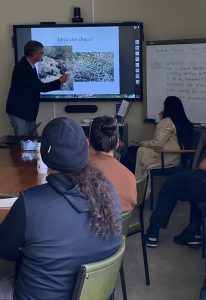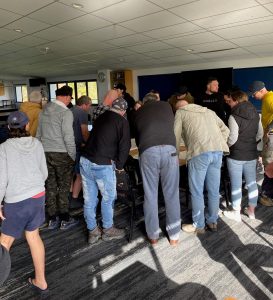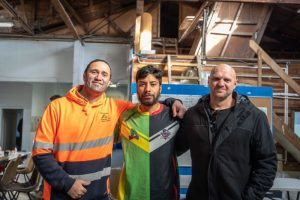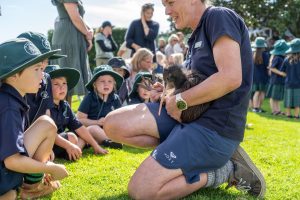A digital tool that guides native habitat restoration is helping inform a landscape restoration project in Taranaki to make bigger gains.
Eco-index, a research programme established by New Zealand’s Biological Heritage National Science Challenge, has developed a science-based tool for working out the best places to target restoration efforts, such as native plantings.
Eco-index recently delivered their “Reconstruction Heat Map” to Taranaki Mounga Project to support their restoration decision-making. The tool uses GIS mapping layers to work out the best locations to reconstruct native ecosystems where they no longer exist.

Dr Kiri Joy Wallace
“The Reconstruction Heat Map helps people to identify the best “bang-for-buck” places to reconstruct native ecosystems from scratch,” says Dr Kiri Joy Wallace, Eco-index Co-Director. “We’ve designed our tools to help land managers maximise the chance of improving their local biodiversity while effectively using their precious time and resources”.
Sera Gibson, Taranaki Mounga Poutohu Matua Taurua/Co-Director says the tool is being used in restoration planning to help consider how the project might evolve. “It brings the ecology and science part of the puzzle together and puts it in a really accessible place along with our deep local knowledge, contextualising where we could get the most value for the taiao.”
Taranaki Mounga Co-director Sean Zieltjes adds that one of the big lessons learned is that restoration doesn’t stop at park boundaries and to aim bigger, given what’s already been achieved with the project.
“We’re using the heat map tool as an input – it adds rigour to the conversation, if connectivity between the maunga and the moana is to be achieved here’s where effort could be prioritised to ensure ecological integrity.”
With the BioHeritage National Science Challenge wrapped up last month, Eco-index’s interdisciplinary team is branching out on their own, continuing to offer information that benefits biodiversity.

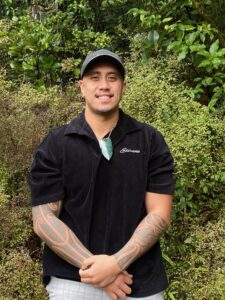
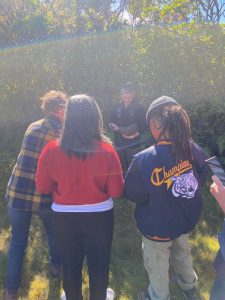
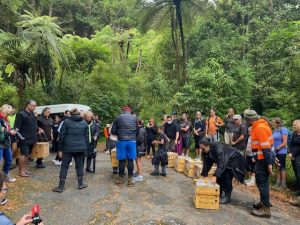
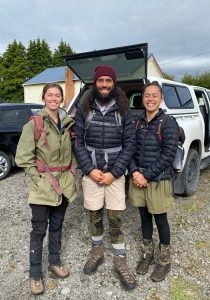
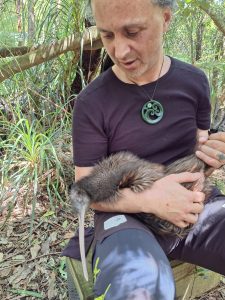
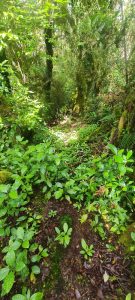 Taranaki Maunga has native vegetation in the best condition in the country, according to a renowned ecologist.
Taranaki Maunga has native vegetation in the best condition in the country, according to a renowned ecologist.